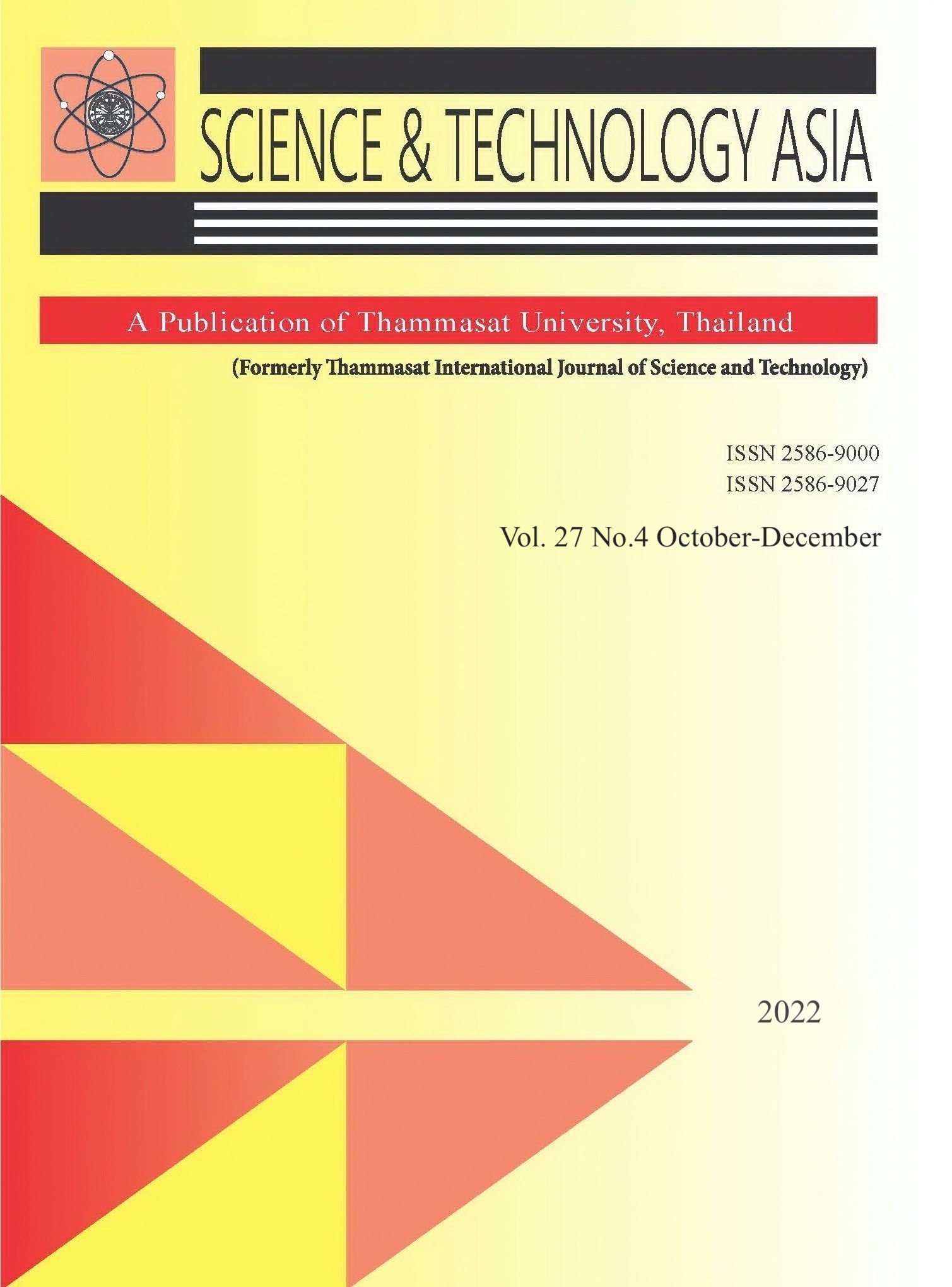Cross-Resistance to Benzimidazole Group and Mancozeb Fungicides in Colletotrichum spp. Causing Anthracnose Disease
Main Article Content
Abstract
Anthracnose is considered to be one of the most serious diseases for major crops cultivated in Thailand. Although chemical fungicides and newer chemicals have been recommended and used for disease management, it is still difficult to control. Thus, the monitoring of fungicide resistance development is required and very important for the success of disease control strategies. In this study, a total of 34 isolates of Colletotrichum spp. were successfully collected from anthracnose diseased plants in central Thailand. Of these isolates, 16 were collected from mango, and 2 from crinum lily or orchid and were morphologically identified as C. gloeosporioides, while the other 16 isolates from chili were morphologically identified as C. capsica. Then, all isolates were evaluated in vitro against 3 fungicides to determine their sensitivity. The results showed that 25 isolates were cross- resistant to both benomyl and carbendazim, as the 50% effective concentration (EC50) of each fungicide was >100 mg L- 1. All isolates were resistant to mancozeb. Nine out of 16 isolates from mango anthracnose were confirmed as C. gloeosporioides by the sequence of internal transcribed spacer (ITS) and 5. 8S regions of rDNA. Eight cross- resistant isolates were not controlled by the treatment with 100 mg L-1 of benomyl or carbendazim on ‘Nam Dok Mai’ mango fruits, but sensitive isolate was better controlled at 79.33% and 85.11%, respectively. Our results indicated that cross- resistant strains are present in the populations of anthracnose fungi in central Thailand.
Article Details

This work is licensed under a Creative Commons Attribution-NonCommercial-NoDerivatives 4.0 International License.


